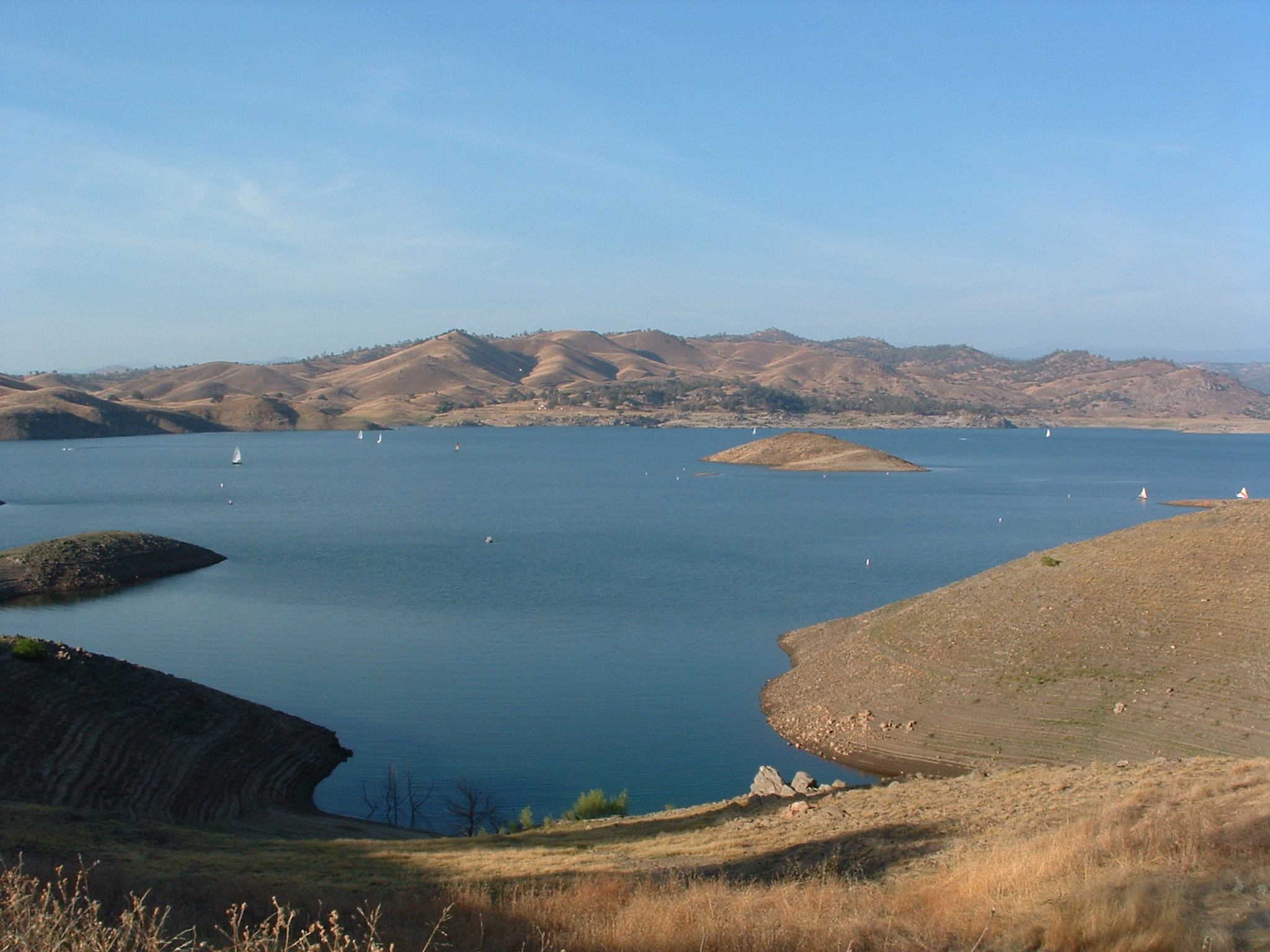Doug Obegi, Staff Attorney, Western Water Project, San Francisco
Virtually all of California – 99.8 percent – is in severe drought. The toxic blue-green algae that shut down Toledo’s drinking water supply earlier this month is thriving in Stockton’s waterways, thanks to warm, stagnant water and low river flows. Many farmers and cities across the state are struggling with low water supplies. And salmon and other native fish populations are crashing.
These serious problems require serious solutions. And those solutions shouldn’t be held hostage over funding for the state’s ill-conceived, $25 billion twin tunnels proposal, incongruously named the “Bay Delta Conservation Plan” or the BDCP.
Happily, the new $7.5 billion water bond heading to the November ballot does not advance the environmentally destructive BDCP. And it’s a vast improvement over the $11.1 billion water bond that was scheduled to be on the ballot, which would have devoted more than $1.5 billion to funding the project.
The Natural Resources Defense Council strongly opposes the proposed BDCP, and we worked shoulder to shoulder with Delta legislators to successfully ensure that the newly revised water bond will not provide funding for the flawed plan.
So, here’s what you need to know about the bond and the BDCP:
First, the bond explicitly prohibits spending any funds for the construction, design, operation, mitigation or maintenance of the tunnels and the BDCP.
Second, with respect to habitat restoration in the Delta, the bond prohibits using funds to acquire property using eminent domain, requires consultation with local governments in the Delta, funds the Delta Conservancy, prioritizes habitat investments on public lands, and limits funding for these purposes. In other words, habitat restoration in the Delta must happen at the direction of those who live here, and with their support. None of these funds can be used as mitigation for the BDCP, and other funding in the bond must be used outside of the Delta.
Third, some of the most controversial provisions in the bond address the use of funds for stream flows. But after grueling negotiations, the revised bond’s provisions preclude such flows from being credited to the BDCP or from being used to meet the obligations of the BDCP (or other environmental requirements). Instead, it requires that any flows that are acquired be above and beyond environmental requirements – even if those requirements are increased in the future – ensuring that the public is not paying for what is already someone else’s obligation.
As California Senator Lois Wolk (D-Davis) said on the Senate floor, any such flows must “float on top” of environmental requirements and cannot be used for the BDCP. Similarly, the Kern County Water Agency’s recent press release states that, “the Bay Delta Conservation Plan (BDCP) is not funded by the water bond.”
This new bond is not only neutral on the BDCP, but it has funds for programs that, if approved by the voters, will help reduce statewide dependence on the Delta for water:
- $2.4 billion in funding for real, 21st-century water solutions like water recycling, stormwater capture, water use efficiency, groundwater cleanup and other regional water supplies to reduce reliance on the Delta.
- More than $500 million to help ensure safe, clean drinking water for disadvantaged communities.
- $1.5 billion in watershed restoration across the state, including funding to help restore the upper San Joaquin River, for state wildlife refuges, and for other projects to help restore our rivers and wildlife, including our beleaguered salmon populations and the fishing communities that depend on them.
- $2.7 billion for both surface storage and groundwater cleanup and storage projects, which will require environmentally harmful and economically wasteful projects like Temperance Flat dam to compete for funding with cheaper, more sustainable groundwater storage projects or offstream storage, such as an expanded Los Vaqueros reservoir.
Ultimately, the investments from this bond are the right response to drought. If approved by the voters, this bond will help protect California’s environment and economy, instead of creating a false choice between the two.






